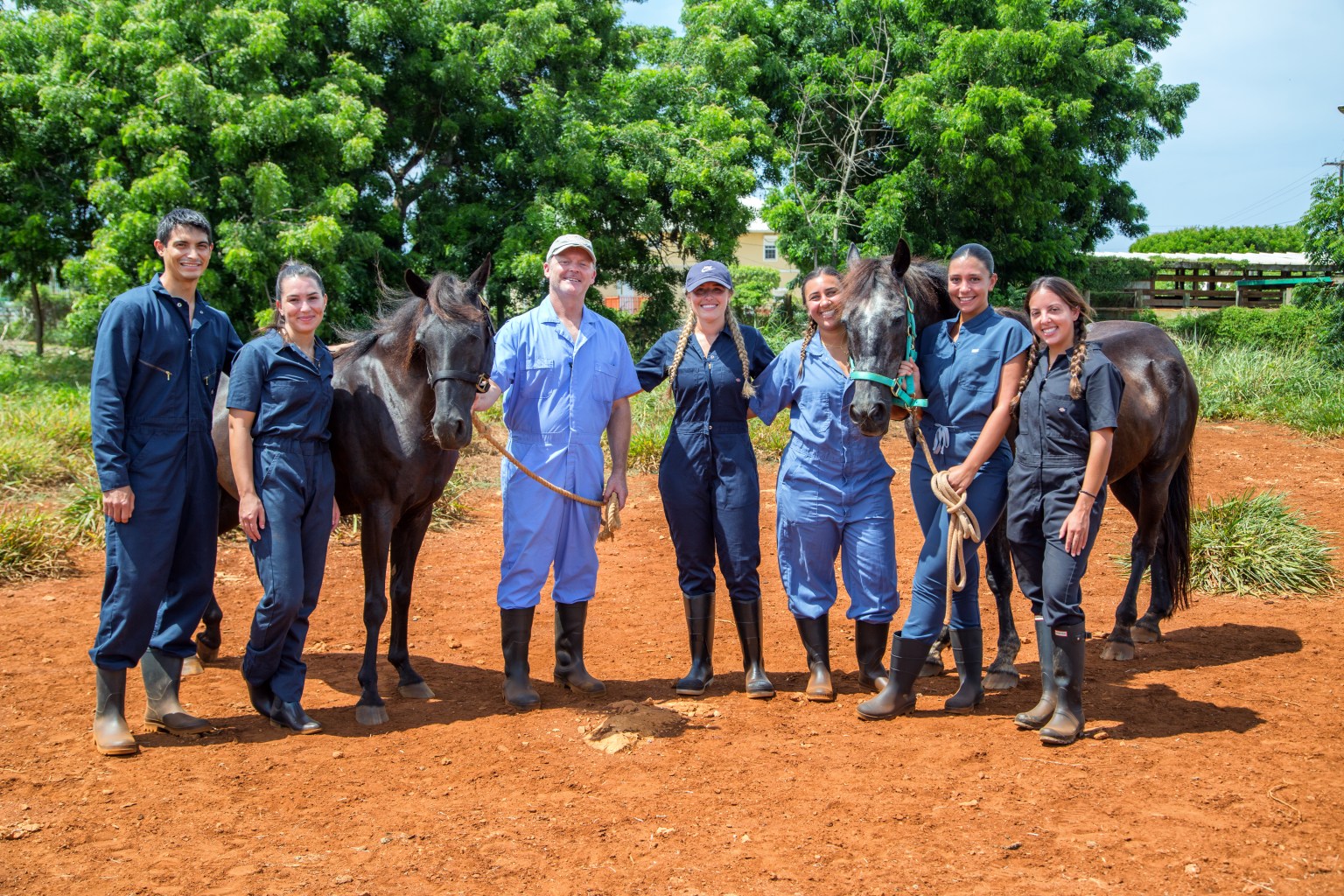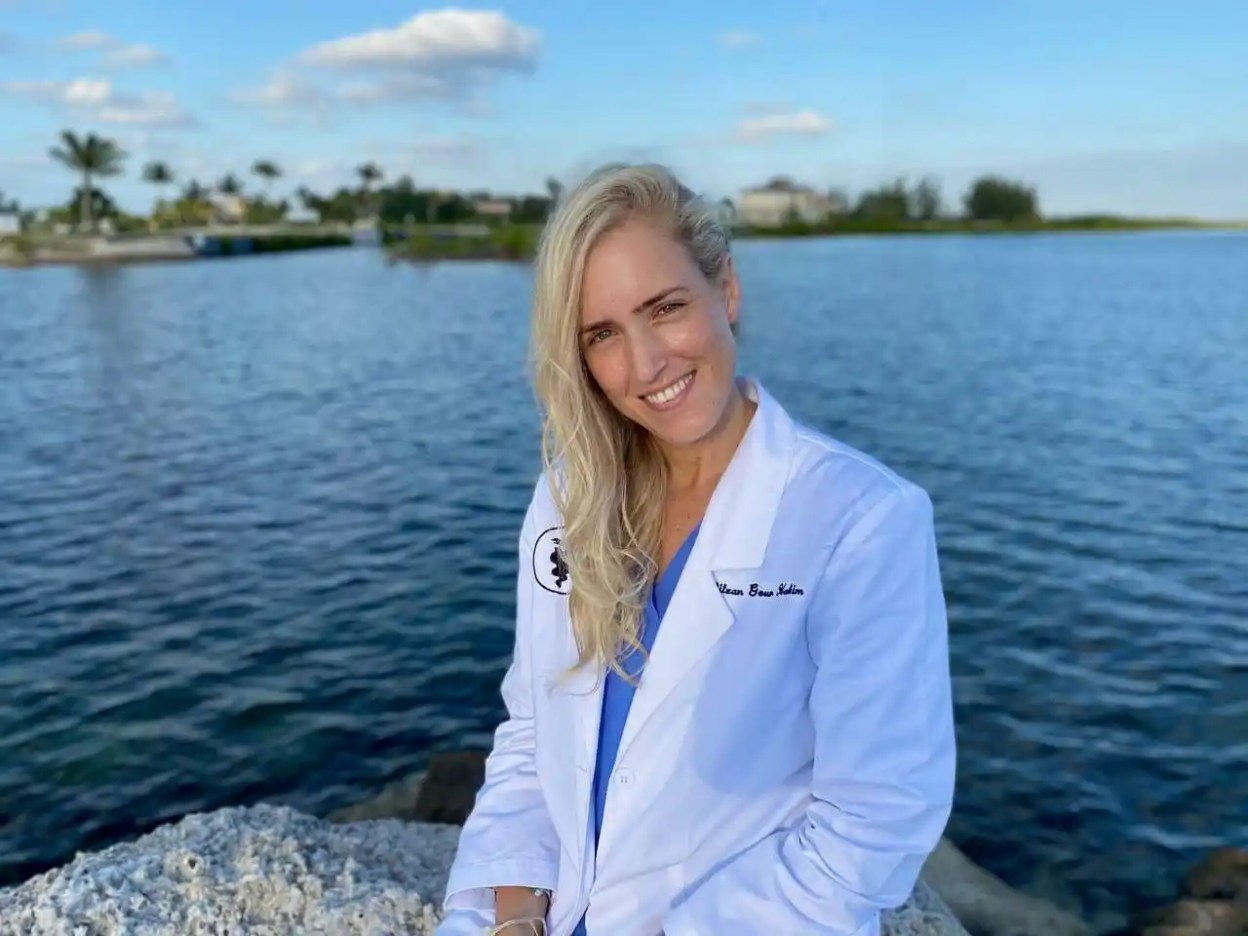
How Long Does It Take to Become a Veterinarian?
Discover the path to becoming a veterinarian! From the first year as a student in veterinary school to clinical rotations and beyond, follow our comprehensive guide to understand the journey ahead.
What Does It Take to Become a Veterinarian?
If your heart beats for animals and you’re drawn to the world of medicine, pursuing a career in veterinary medicine may be the perfect fit. However, becoming a veterinarian takes time and effort. It demands dedication, perseverance, and a significant investment of time and energy. But the rewards that accompany this career, including the joy of healing and caring for animals, are substantial.
Are you curious about what it means to pursue a fulfilling and meaningful career in veterinary medicine? We’re here to guide you! Below is an overview of the educational and career journey for those considering a career as a practicing veterinarian.
The Steps You’ll Take to Become a Vet
Start Preparing for Veterinary Studies in High School
Start preparing for a career as a veterinarian early by selecting high school subjects aligned with the field, such as Biology, Chemistry, and English. Building a strong foundation in these subjects will give you a competitive edge when applying to schools of veterinary medicine.
Earn a Bachelor of Science Degree in a Related Field
Pursue an undergraduate degree in a science-related discipline to develop a comprehensive understanding of biology and physiology. A Bachelor of Science (B.Sc.) degree will equip you with an academic foundation necessary for success in veterinary school.
Attend Veterinary School for Professional Qualification
Enroll in a reputable veterinary school with experienced faculty and ample clinical opportunities. The application process for veterinary schools typically includes completing the necessary prerequisite coursework, submitting a strong personal statement, and providing two letters of recommendation, so start preparing early. Choosing the right veterinary program is crucial for acquiring the knowledge and skills needed for a successful career.
Apply for Licensure After Completing Veterinary Education
After completing your veterinary education and clinical training, you will take the North American Veterinary Licensing Examination (NAVLE). You will also need to fulfill any additional licensure requirements in your desired jurisdiction to obtain full veterinary licensure and begin practicing professionally. These requirements may include additional examinations or supervised clinical practice hours.
Consider an Internship for Additional Training
While not mandatory, many veterinarians undertake a year-long internship to gain specialized training and hands-on experience with diverse cases. An internship can enhance your skills and confidence as a veterinarian, preparing you for the various challenges you will face in the field.
Specialize in Your Desired Area of Veterinary Practice
If you aspire to work in a specific specialty, such as surgery, reptiles, zoological medicine, or animal behavior, pursue a residency program in your chosen area. Residency programs typically last three to six years and provide intensive training and mentorship in your specialized field.
Obtain Board Certification for Specialization
After completing a residency program, pursue board certification in your chosen specialty by passing the relevant examination administered by the specialty’s examination board. Board certification is not just a recognition of your expertise but a testament to your commitment to excellence in your specialized area of veterinary practice. This emphasis on specialization should inspire and motivate you to excel in your chosen field, knowing that your hard work will be recognized and valued.
A Roadmap for Veterinary School
Starting with the basics in your first year, you’ll build more advanced knowledge and expertise as you move through each year of veterinary education. You’ll delve into the study of diseases, cultivate clinical competencies, learn advanced surgical techniques, and refine practical abilities during immersive clinical rotations.
At St. Matthew’s University School of Medicine, students complete our Doctor of Veterinary Medicine (D.V.M.) program in just over three years. The first year of our medical sciences curriculum is completed on our campus in beautiful Grand Cayman, Cayman Islands. Following that, you will spend two years completing clinicals at our affiliated clinical sites in the United States or Canada.
Year 1-2
Begin Vet School: Mastering the Classroom
In your first two years of veterinary school, you’ll focus on mastering the fundamentals. Most of your schedule will be dedicated to attending lectures and engaging in laboratory sessions. This foundational phase immerses you in the theoretical underpinnings of veterinary medicine while cultivating essential study techniques crucial for your education. Additionally, this is when students expand their professional networks and participate in various clubs and student organizations, fostering lifelong connections and broadening their career horizons.
At St. Matthew’s University School of Veterinary Medicine, we take pride in our commitment to intimate learning environments, boasting some of the intentionally smallest class sizes among top-tier veterinary schools. This ensures that students receive a personalized educational journey tailored to their unique needs and aspirations.
Year 3
Clinicals: Essential Hands-On Learning
After the in-classroom portion of your veterinary education, students progress to the hands-on, real-world learning stage, where they will have direct contact with various animals, technologies, and treatments. This is when your veterinary knowledge and skills will truly begin to develop and expand, as you see everything you’ve learned come to life. At St. Matthew’s University School of Medicine, we have established key partnerships with numerous U.S. and Canadian Colleges of Veterinary Medicine, which allow our students to gain the experience they need to progress from the classroom to knowledgeable caregivers.
In the final part of our D.V.M. program, students will take part in clinical rotations with partner institutions in the U.S. and Canada, where they will develop their medical knowledge, professional judgment, problem-solving skills, and communication abilities. Students will also be required to devote considerable time to rigorous case analyses, providing an in-depth and academically supported rationale for their conclusions. St. Matthew’s University will provide support and oversight during rotations to ensure students are able to effectively transition from campus to clinical programs. Successful completion of the clinical program will culminate in graduation with a Doctor of Veterinary Medicine degree from St. Matthew’s University.
Apply to a Veterinary School That’s Right for You
Looking for a veterinary school that will support your journey to becoming a successful veterinarian? Then St. Matthew’s University School of Veterinary Medicine is right for you!
Our exceptional curriculum gives students both the academic foundation and invaluable real-world experience they need to become credentialed practitioners working in the U.S. and Canada. SMU’s expert teaching staff, intentionally small class sizes, exciting student community, and individualized support services mean you’ll receive a more personalized vet school experience. And with an average 96% student pass rate in the NAVLE exam over the last five years, our academic results speak for themselves!.
Learn more about our admissions requirements, important things to know before becoming a veterinarian, and how best to prepare a strong vet school application. Sign up for one of our events or contact our supportive team of student advisors to learn more about how studying at St. Matthew’s University School of Veterinary Medicine can help you realize your dream of becoming a successful veterinarian.
Request Information

